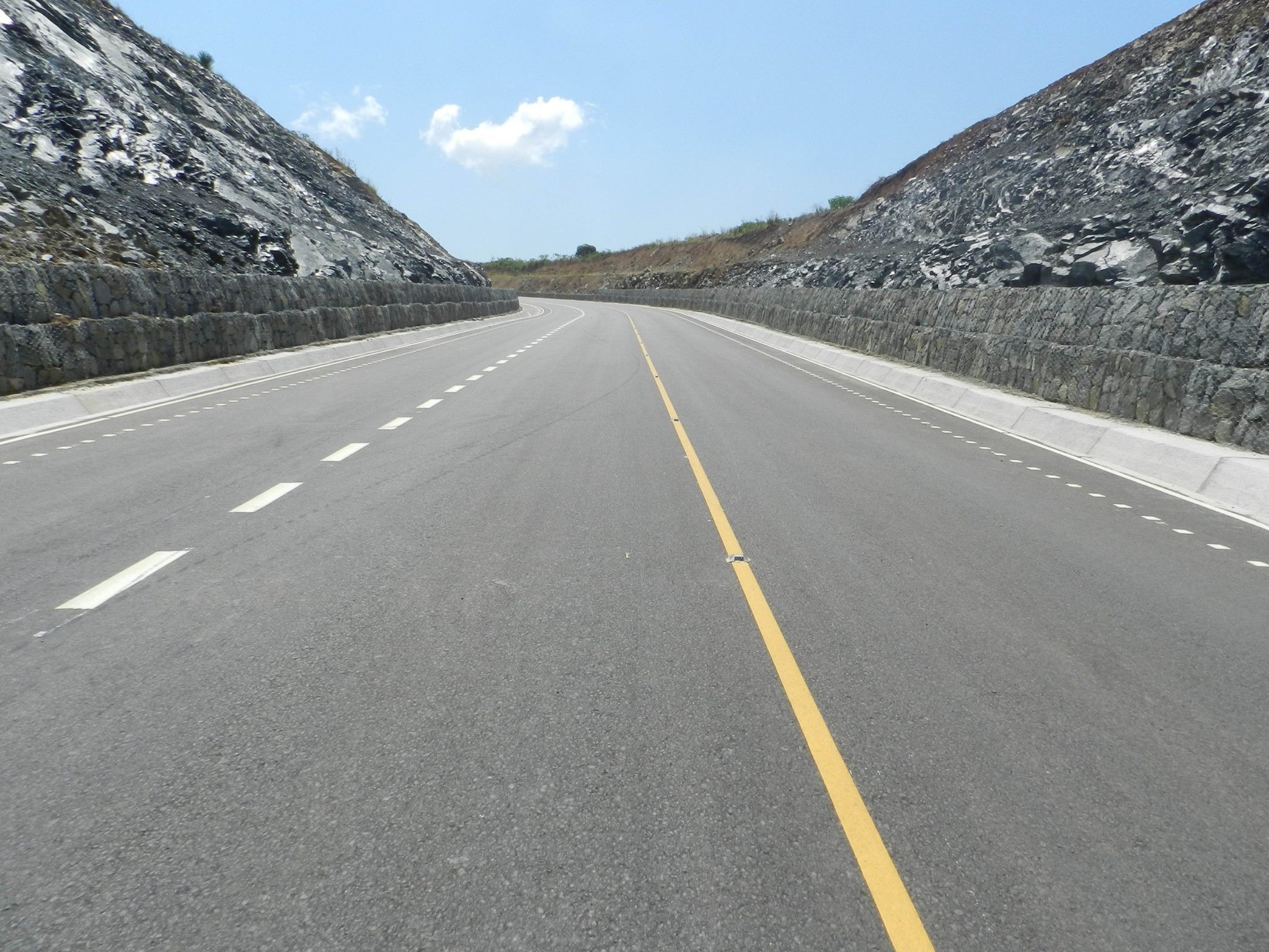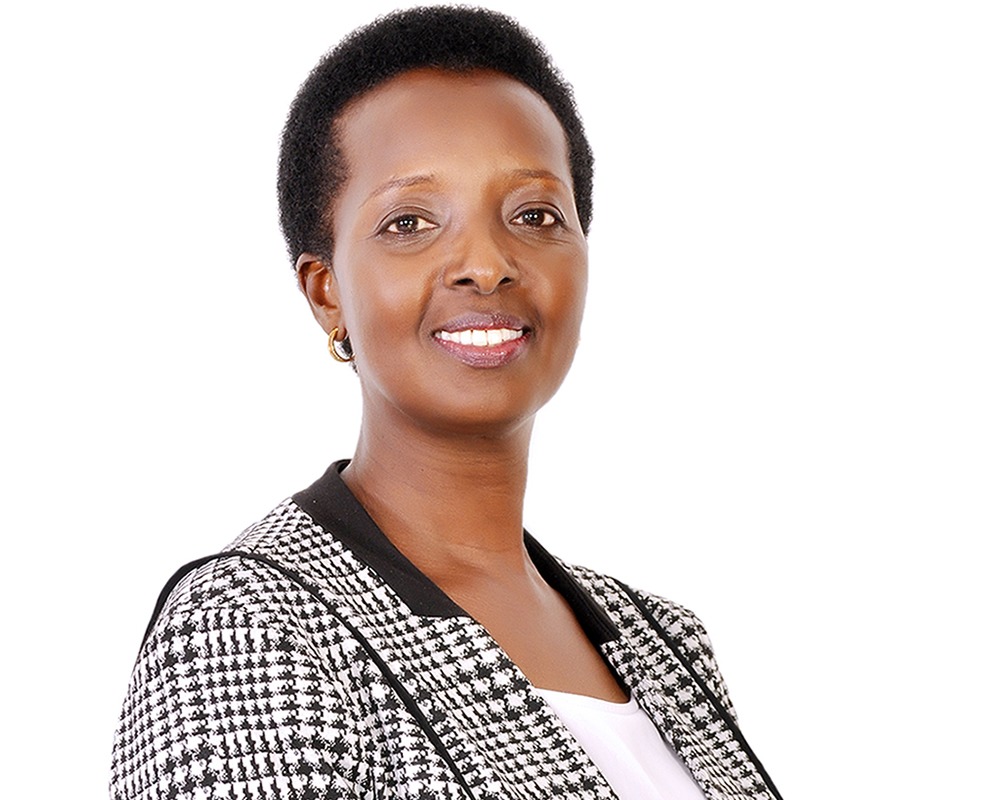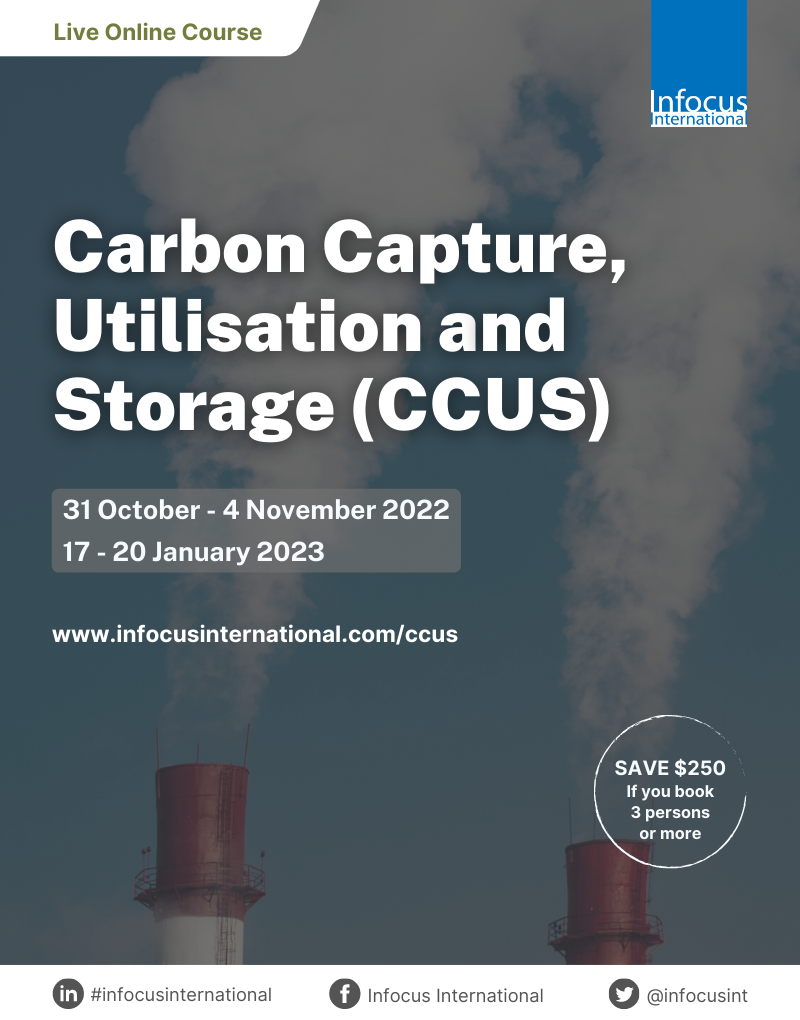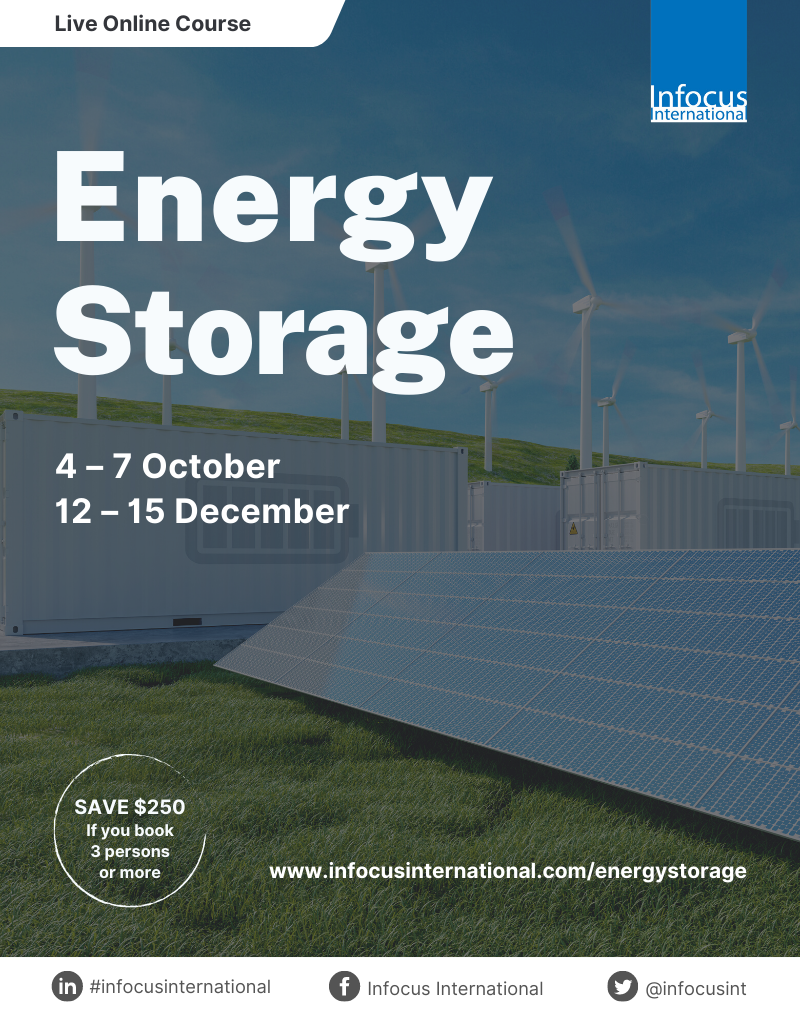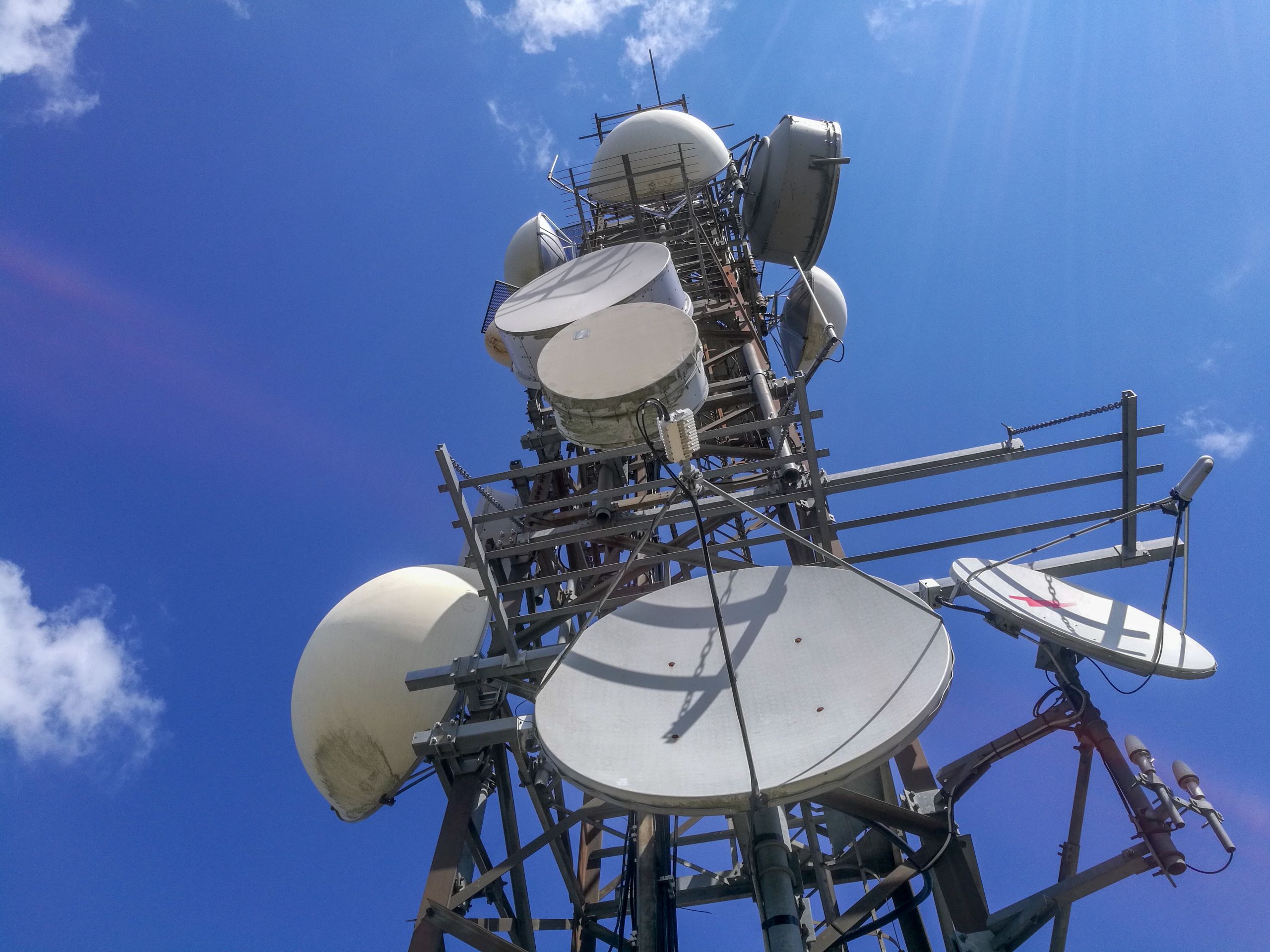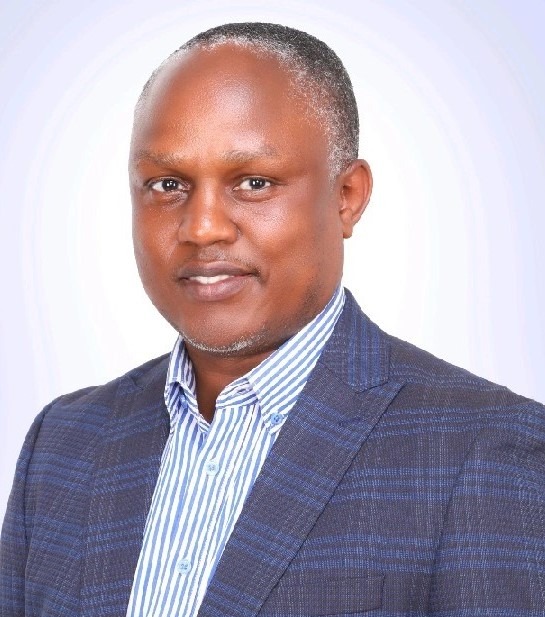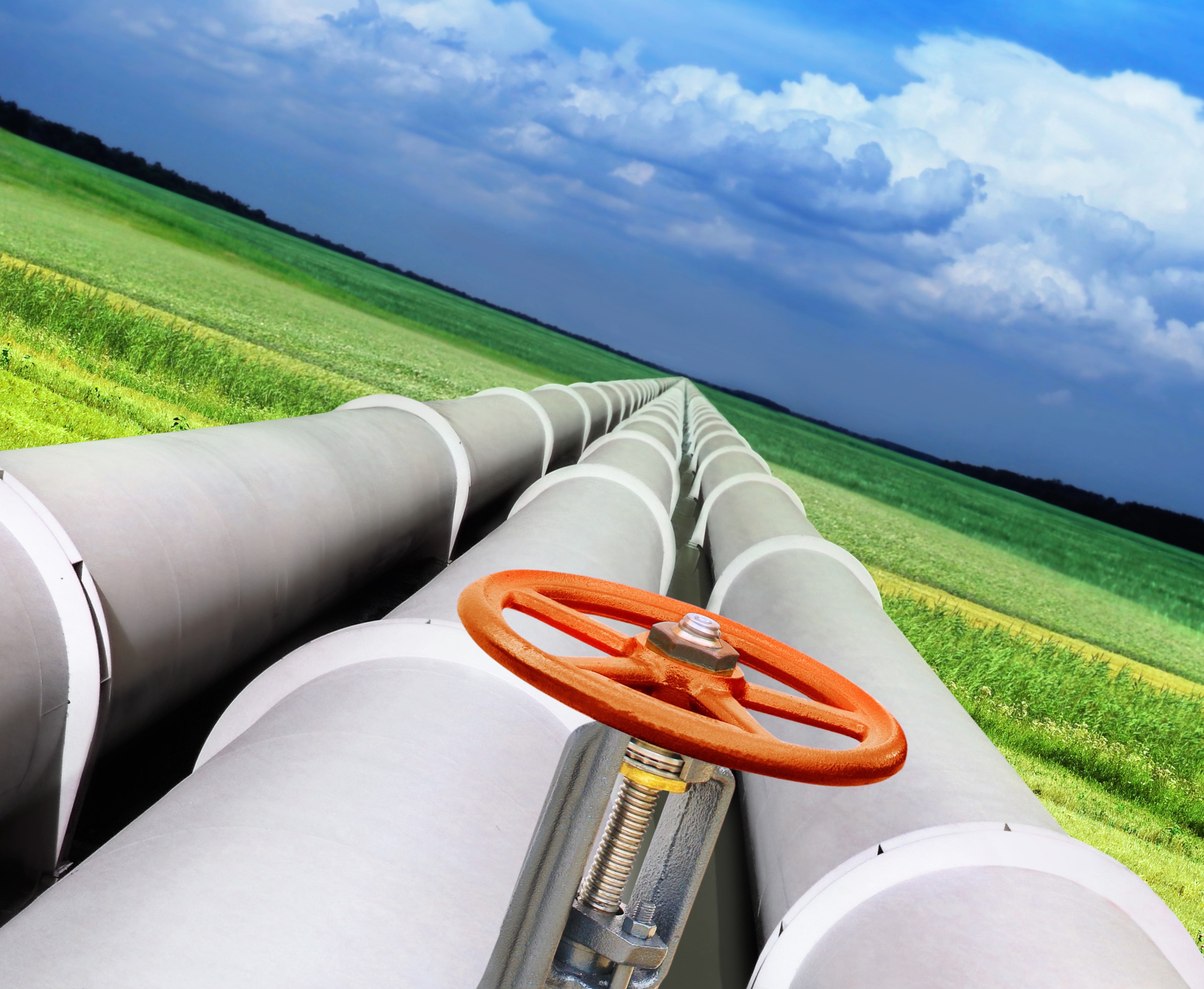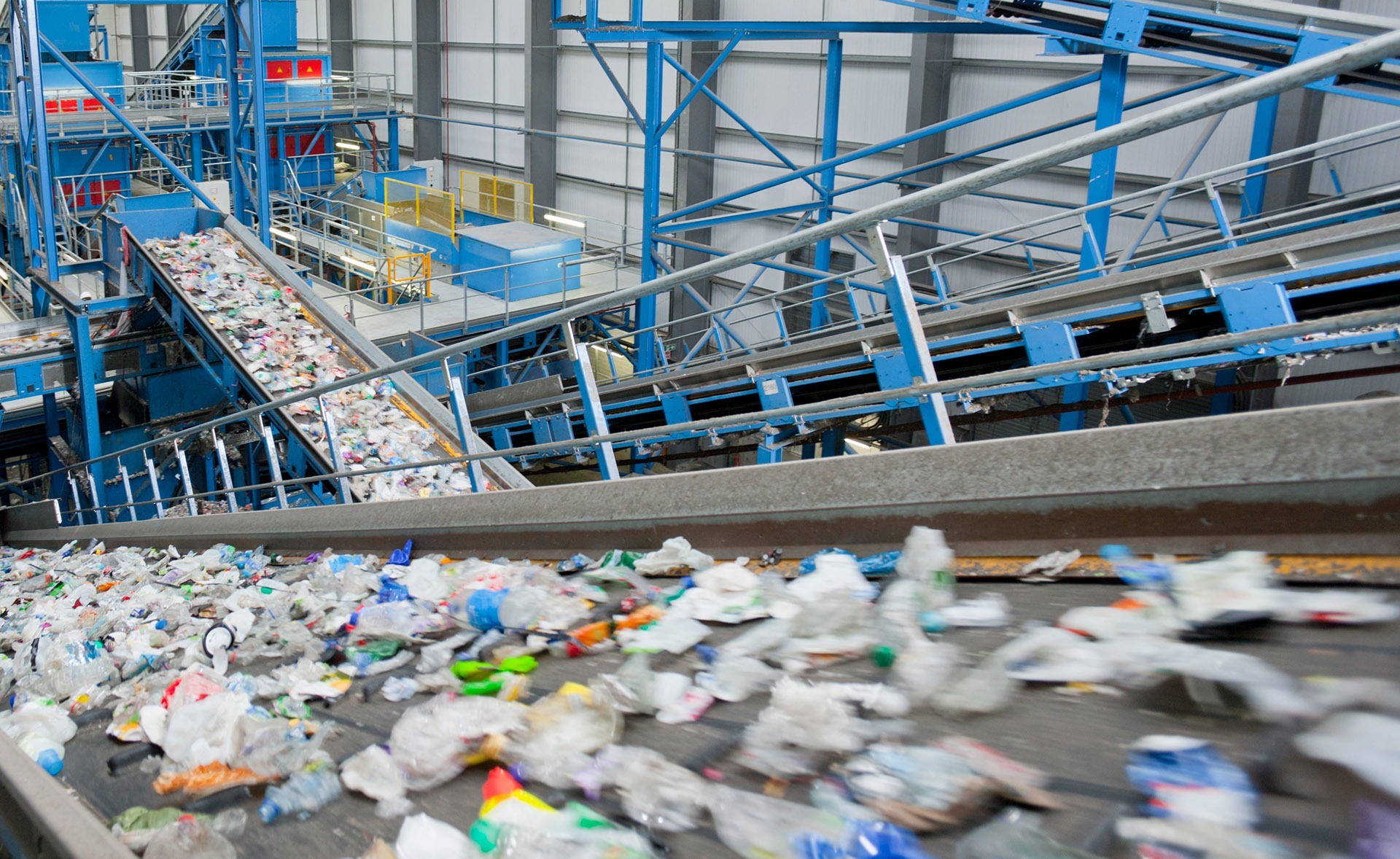The Government of Uganda and that of the Democratic Republic of Congo on May 27 (2021) signed bilateral agreements on shared infrastructure development, trade and security. On the infrastructure front, the two governments have agreed to develop three roads in the Democratic Republic of Congo. Under the agreement, Uganda will contribute 20 per cent of costs towards tarmacking of 223 km of roads within the DRC.
Since the Government of Uganda announced the planned collaboration and support to the DRC to develop the three roads, critics have been on over drive on why the Government of Uganda should invest that money in another country; rather than on developing roads within the country – itself not yet sufficient on tarmac road network. They argue that there is absolutely no reason for the Government of Uganda, itself a beneficiary of loans and grants to build its road network – in providing some US$ 250 million to develop roads in another country.
In this piece, our analysts argue that there is a lot of sense in making the investment in the DRC. There are good economic, social, security and geo-political reasons to support this investment.
The economic case
First off – the economic case. Figures from the Ministry of Trade & Industry show that the DRC is currently Uganda’s second largest trading partner in the region. Last year alone, the DRC spent some US$580 million to buy Ugandan goods and services. Only two years earlier, this was only US$200million. This speaks volumes in terms of the potential of the DRC as a consumer of Ugandan goods. Former Minister of Trade & Industry , Amelia Kyambadde said this volume has capacity to be grown to US$5 billion within three years. But for this to happen, there needs to be facilitation including improvement of the road network, security, customs and logistics services.
Government statistics shows that Uganda exports cement, steel, soap, beer to the DRC. The other major exports include foodstuff – maize, rice, sorghum as well as processed goods like sugar and dairy products –the latter providing market to the country’s agricultural products.
Moreover, DRC is a recent market discovery. This market was only seriously activated after Rwanda closed its border with Uganda. It means that this is a completely newly growing market for Ugandan goods. It is therefore in Uganda’s interest that all the blocks to trade with DRC –including poor infrastructure, insecurity and trade blocks (e.g cross border bureaucracies) are resolved to enable the Ugandan manufacturers, traders and farmers to push more of their products to the markets in DRC, thereby generating more revenues to the country.
The three roads – Kasindi- Beni (80 Kms), Beni- Butebo (54 Kms) and Bunagana – Goma (89Kms) will go a long way to create deeper inroads for Ugandan goods into the DRC.
Moreover, building the roads in DRC will enhance the value of Uganda’s own investment in infrastructure. For example, a nice road from Kabale – Kisoro and ending at the border post at Bunagana would be a nice road “to nowhere.” Extending the road across the border takes it “somewhere”, where the economic value of the road on the Ugandan side, doubles. Argued another way – what would be the value of Kenya, for example, building the Standard Gauge Railway from Mombasa to Malaba, when Uganda has no corresponding SGR to pick it from the border into her own hinterland? That is the reality of infrastructure – it is complementary and works best when it is established and connected both sides of the border.
Infrastructure diplomacy
On the geopolitical front, no country really wants to be an island. The more influence a country has among its peers, neighbours, and even far afield, the better. More influence increases your negotiation ability, the regard with which you are held as a country and your position in the region, world.
Lately infrastructure has become a key element of diplomacy. China has been a spectacularly good practitioner of infrastructure diplomacy. The Asian country has splashed infrastructure around the developing world – mainly Africa and south east Asia. In return China gets business deals, raw materials, etc but more importantly this investment in infrastructure has put China on the tongue of every citizens around the world. China’s visibility, positioning and even support and good will around the world has gone up several times over. Late Zimbabwean President Robert Mugabe once declared, declared, “Africa is turning its back on the West, and is now facing East (China)”, largely because of China’s in infrastructure diplomacy.
China’s infrastructure diplomacy has, among other areas, been deployed in south eastern Asian countries of Bhutan, Nepal, India, Pakistan creating highways snaking around the Himalayan mountains – opening up areas hitherto known as remote, anywhere in the world. This has been done under the Trans-Himalayan Economic Corridor connecting Beijing and Kathmandu, as part of the Silk Road (Belt & Road Initiative). By cutting through the Tibet and India religio-politico sensitivities, China has penetrated territory for some sacred cows using infrastructure. This way China is asserting her influence in south east Asia.
Nearer home, as part of its Vision 2030, Kenya has planned huge infrastructure projects tearing through the heartland of east and the horn of Africa. Under the Lamu Port, South Sudan, Ethiopia Transport Corridor (popularly called LAPSSET), Kenya has planned a multi-billion dollar infrastructure projects that will make Kenya a business hub connecting South Sudan and Ethiopia – another virgin hinterland. Under LAPSSET, Kenya plans to construct Lamu Port (already completed), highways from Lamu to Isiolo to Juba; and from Isiolo to the Ethiopian capital Juba. Part of this also includes investment in the construction of a Standard Gauge Railway from Lamu to Isiolo to Juba, and another from Isiolo to Addis Ababa. LAPSSET also includes development of three cities (Lamu, Isiolo and Lake Turkana) as well as three airports, in the three cities.
If Kenya finds the money to undertake these projects, the returns on its investments will be huge. But more importantly, Kenya will triple its economic and geopolitical influence in east and the horn of Africa.
Indeed, many examples around the world can be cited to demonstrate the point on infrastructure diplomacy.
Social and security benefits
On the socio-political front, as President Museveni well put it during the signing of the agreements of agreements, the people’s on Uganda’s western border are essentially the same people on DR Congo’s eastern border from the south all the way to West Nile region. A good road network, will enable smooth social interactions between the two people which is good for both social and security wellbeing of the two countries.
And as the World Bank’s East Aafric infrastructure chief Benedict Eijbergen and Uganda country manager Tony Thompson argue in this blog article, there are several benefits of having a good road. They range from ease of accessing social services, to ease in accessing markets for local produce. Roads are transformative. There is no doubt therefore that these remote areas either side of the border, will see development for the first time in their life, and will begin their journey to transformation.
There is therefore every good reason to support the development of the roads in DR Congo.




